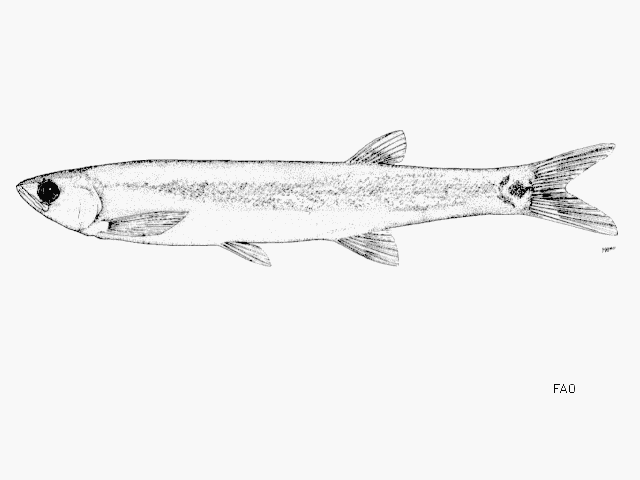| Danionidae (Danios), subfamily: Chedrinae |
| 6.38 cm SL (male/unsexed) |
|
pelagic; freshwater; brackish |
| Asia: endemic to the Mekong basin. |
|
Dorsal soft rays (total): 9-10; Anal soft rays: 15-16; Vertebrae: 43-44. Immediately distinguished from T. smaragdinus by its much smaller head, more numerous scales (44-46 in lateral line series versus 36-39), and more numerous anal fin rays (151/2 - 161/2 versus 121/2 - 141/2). The very striking difference in size of the pharyngeal jaws of tonlesapensis, the linear dimensions of which are only about half as great as in T. smaragdinus, is much greater than would be expected if this difference were due only to the difference in head size, since the head is only about 20% longer in T. smaragdinus. Gill rakers on first gill arch 8. |
| Found near the water surface. Highest numbers mainly in the tidal zone of large deltaic branches of the lower Mekong. Feeds on insect larvae. Sometimes seen in the markets, but usually used for making prahoc and tuk trey (Ref. 12693). |
|
Least Concern (LC); Date assessed: 28 March 2011 Ref. (130435)
|
| harmless |
Source and more info: www.fishbase.org. For personal, classroom, and other internal use only. Not for publication.

